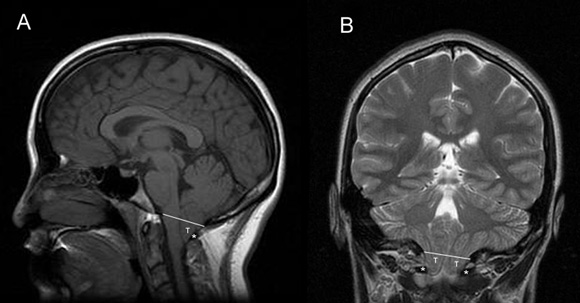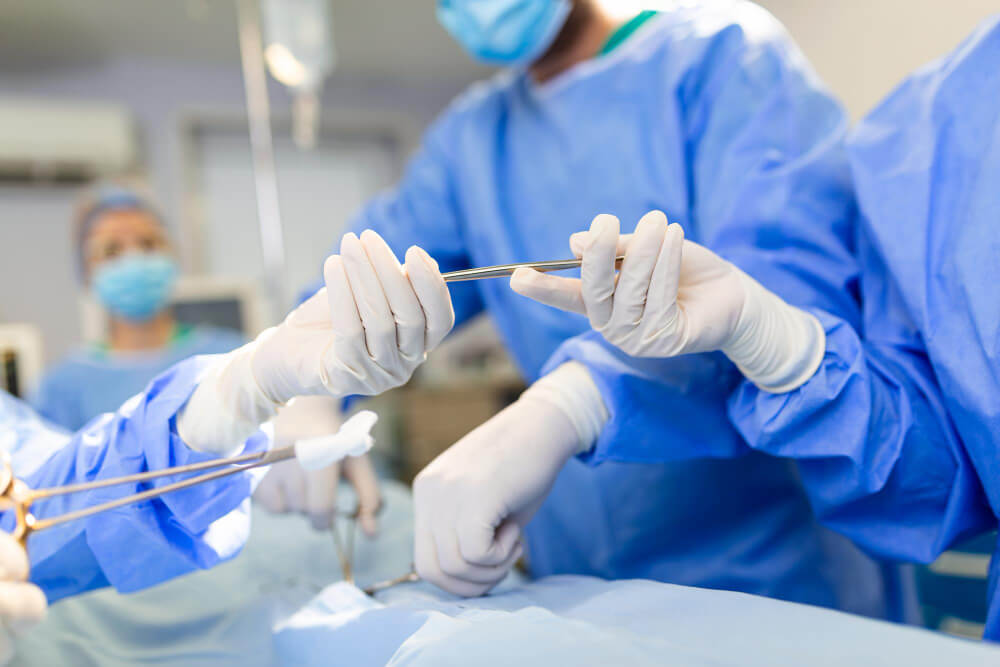Understanding Chiari Malformation: A Comprehensive Guide
Chiari Malformation is a complex neurological condition that affects the brain and spinal cord. This article aims to provide a thorough examination of Chiari Malformation, exploring its symptoms, diagnostic procedures, and various treatment options available for individuals grappling with this condition.
Unveiling the Basics of Chiari Malformation
Chiari Malformation is a structural abnormality in which the cerebellum, the part of the brain responsible for balance and coordination, descends into the spinal canal. This displacement can put pressure on the spinal cord and disrupt normal cerebrospinal fluid flow.
Types of Chiari Malformation
There are several types of Chiari Malformation, with Type I being the most common. Type II, often associated with spina bifida, and Type III, a severe form, are less common. Understanding the distinctions among these types is crucial for accurate diagnosis and tailored treatment.
Recognizing Chiari Malformation Symptoms
Chiari Malformation symptoms can vary widely, making diagnosis challenging. Common symptoms include headaches, neck pain, dizziness, and difficulty swallowing. This section delves into the nuanced presentation of symptoms and the impact on daily life.
Diagnosing Chiari Malformation
Accurate diagnosis is crucial for effective management. This section explores the diagnostic tools and imaging techniques, such as MRI and CT scans, used to confirm Chiari Malformation and assess its severity.
Treatment Options for Chiari Malformation
The treatment landscape for Chiari Malformation is diverse, ranging from conservative measures to surgical interventions. This section examines medication management, physical therapy, and the criteria for surgical intervention.
Holistic Healing: Non-Surgical Interventions
For mild cases, conservative approaches like pain management, physical therapy, and lifestyle modifications may be effective. This section discusses these non-invasive strategies and their potential benefits for symptom relief.
Surgical Interventions
In cases where symptoms are severe or progressive, surgical options may be considered. This section explores decompression surgery, the most common surgical procedure for Chiari Malformation, and its potential outcomes and risks.
Post-Surgery Management and Recovery
Post-surgery, rehabilitation and ongoing management are crucial. This section discusses the recovery process, potential challenges, and long-term outlook for individuals who have undergone Chiari Malformation surgery.
Living with Chiari: Patient Perspectives
Including personal narratives can provide readers with a deeper understanding of the daily challenges faced by individuals living with Chiari Malformation. This section shares real-life experiences, fostering empathy and awareness.
Conclusion
In conclusion, Chiari Malformation is a complex condition that requires a multidisciplinary approach. By understanding the symptoms, diagnosis, and treatment options, individuals affected by Chiari Malformation and their loved ones can navigate this challenging journey with knowledge and empowerment


